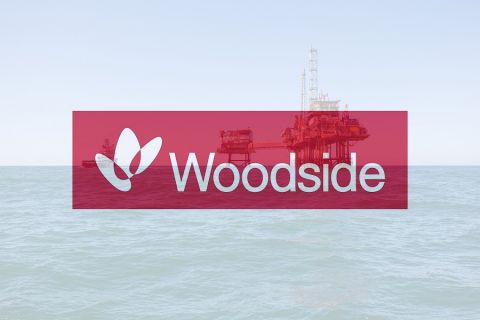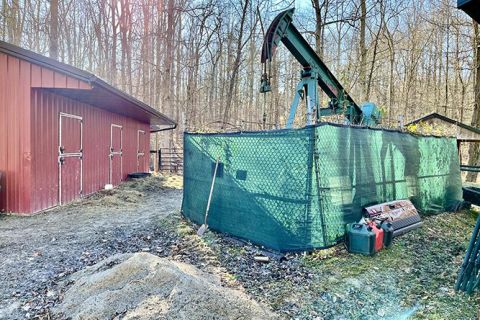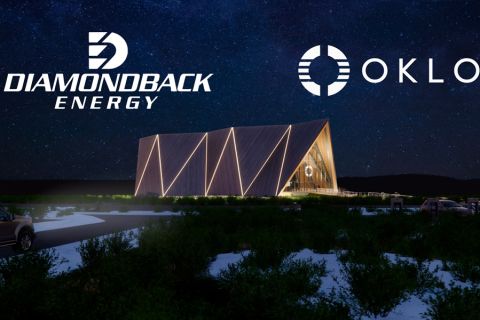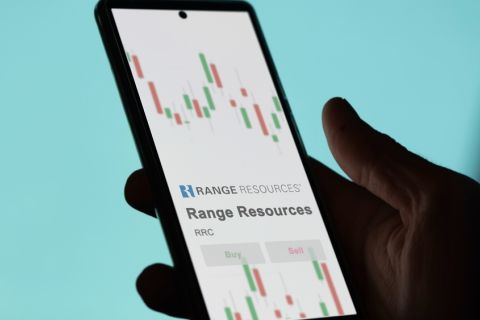
The virtual engineer feature of Aquavista offers access to Veolia’s staff 24/7. (Source: Veolia)
The concept of using data collected from oil and gas E&P operations to optimize production is not new. Software and service providers that promise insights into reservoir behavior, production management and optimization of water injection techniques abound. The emergence of the Industrial Internet of Things (IIoT) and cloud-based computing has generated a plethora of new businesses with cloud-based solutions for oil and gas field management.
As the need to be competitive in today’s marketplace becomes ever more urgent, E&P companies are beginning to realize the costs and risks associated with managing the water necessary to carry out completion and production operations. The same types of tools applied to oil and gas wells are now available for water treatment and management.
Veolia’s digital water offering, Aquavista, leverages the information needed for water logistics and treatment optimization that already is being collected through the human machine interface (HMI) and programmable logic controllers (PLCs) present in the water treatment systems. The next step is putting those data to use. The company’s digital offering is being provided as an addedvalue service.

Software as a service in water treatment
The service can be applied to a single unit process in a water treatment system, to the entire system or to multiple plants. The system works through the addition of data collection devices that access specific data at predetermined time intervals and transmits the data to the cloud for longterm storage, all without requiring modification of existing PLC or HMI programming. Algorithms are applied to organize and interpret the data. Benchmarking can then be performed to analyze the efficiency of the various unit processes in the system and thus enable optimization.
Onshore advantages
Veolia is evaluating the implementation of the digital platform in a centralized produced water treatment system in the U.S. that consists of more than 2,500 potential data inputs for parameters such as flow rate, water level, pH, turbidity and a variety of other process indicators across the system. The larger the system, the fewer inputs required for each unit process because common datapoints like flow rate will be the same across the system. Customization involves determining the best place to collect the data.
A key element in this project is learning what the customer wants to achieve. The tool could be used by a permitting engineer to evaluate environmental parameters, by a maintenance manager to implement preventive and predictive maintenance programs, by a procurement manager to develop orders for water treatment chemicals or by management personnel who may be watching other key performance indicators (KPIs).
Apart from large centralized facilities, cloud-based systems like the Aquavista platform are particularly useful for oil and gas operations that have many smaller operations scattered across a large geographical area. Often the operations and maintenance staff spend a majority of their time driving between these dispersed operations units simply to check the status of disconnected systems.
The system can be configured to provide disparate quality and inventory updates, operational status of equipment, alarms and events, and any other relevant information to staff and managers. This allows the field staff to spend their time dealing with operations units that need attention rather than driving to remote operations units that may be functioning within parameters. Additionally, smart algorithms, deep data analytics and access to the company’s experience may allow the staff to optimize operations and save costs by operating the water treatment facilities more efficiently.
Offshore benefits
Veolia has implemented the digital platform for the upstream oil and gas sector with live connection to offshore FPSO units. The system is used to provide onshore performance monitoring of the offshore water treatment systems. In conjunction with the company’s specialist engineering abilities, the system helps customers increase oil recovery through defined business KPIs, performance KPIs, optimization of automated sequencing and manual batch control interventions. It also provides automated reporting between onshore and offshore operations personnel.
The company has 20-plus assets operating live on the system, and customers have seen an impact on their operations with reduced operating risks, increased efficiency and lower opex.
Importance of cybersecurity
One of the goals of the system is to be as flexible and noninvasive as possible with regard to integrating data collection into existing IT and automation infrastructure. The key to any digital offering is the cloud platform, and data security is the primary requirement. The service uses industry-standard transaction layer security v1.2 and X.509 security certificates to encrypt and validate data exchanged between the plant and the cloud while ensuring the data are always safe.
Once in the cloud, the platform can then apply smart algorithms, analytics, notifications and visualization to assist the operations staff in being more proactive and less reactive. The cloud platform allows the operations staff more mobility while retaining the ability to monitor the plant and receive alarm and event notifications.
Step-wise approach
To meet the needs of a broad range of industry operations, from centralized water treatment systems to individual unit processes located at various locations, Aquavista operates on three levels:
Level 1: Data acquisition and storage in the cloud to create an intuitive monitoring and reporting tool. The secure web application can be customized to organize data as the user wants to see it, giving instant access 24/7 to authorized personnel for a single technology, a complete water treatment system or multiple systems at multiple sites. Convenience features such as access to training videos, manuals, health and safety records, service reports, purchase orders and other documentation can be incorporated along with the ability to order spare parts and services online.
Level 2: Data-driven performance optimization. The system is designed, implemented and continuously updated by water experts. The system uses continuously updated data analytics and algorithms to optimize the operation of the water treatment plant. More than 100 years of water treatment and process expertise is built into the software. This feature enables identification of proactive ways to reduce workflow inefficiencies and asset failures by creating preventive and predictive maintenance schedules. Utilizing data for the influent water, water treatment chemical usage is managed to ensure compliance while minimizing the dosage and maximizing cost savings. At some facilities remote access and control could potentially reduce labor requirements while ensuring the consistency of the treated effluent.
Level 3: The virtual engineer. To complement the data offering, the company provides access to a worldwide knowledge base and benchmarks from a range of similar installations and a human element through a network of water experts. These experts are available to provide online assistance 24/7; scheduled training sessions; and instant troubleshooting, maintenance and emergency support.
Digitizing produced water treatment
The IIoT is a revolution in the field of water managment and provides several benefits to plant operations staff and managers alike. Data transfer between devices or systems in the field and a cloud-based operations platform like Aquavista is the core of a modern system that will afford management and operations staff flexibility, safety and efficient operations.
Cost savings will be realized by minimizing the chemical consumption, power usage and labor requirements to monitor and effectively manage the water treatment system to ensure optimal performance. Customization will ensure the varying needs of facilities from small, remote operations to multiple large centralized plants are met with a right-sized digital solution.
Recommended Reading
Woodside’s GoM Trion Project Wins Social Impact Assessment Approval
2024-02-14 - Woodside Energy’s Trion is expected to start production in the Mexican sector of the Gulf of Mexico in 2028, and Woodside said the impact assessment will help the operator engage with local communities during the construction phase.
Well Done Foundation Wins California Orphan Well Project
2024-02-12 - Nonprofit Well Done Foundation will plug orphan wells in Santa Barbara County, California, starting in Orcutt and Santa Maria.
Diamondback May Go Nuclear to Power Permian Basin Ops
2024-04-08 - Oklo Inc., a California fission power plant developer, on April 8 said it signed a letter of intent to collaborate with Diamondback Energy on implementation of nuclear energy for drilling operations in the Permian Basin.
Range Resources Expecting Production Increase in 4Q Production Results
2024-02-08 - Range Resources reports settlement gains from 2020 North Louisiana asset sale.
TotalEnergies Acquires Eagle Ford Interest, Ups Texas NatGas Production
2024-04-08 - TotalEnergies’ 20% interest in the Eagle Ford’s Dorado Field will increase its natural gas production in Texas by 50 MMcf/d in 2024.





